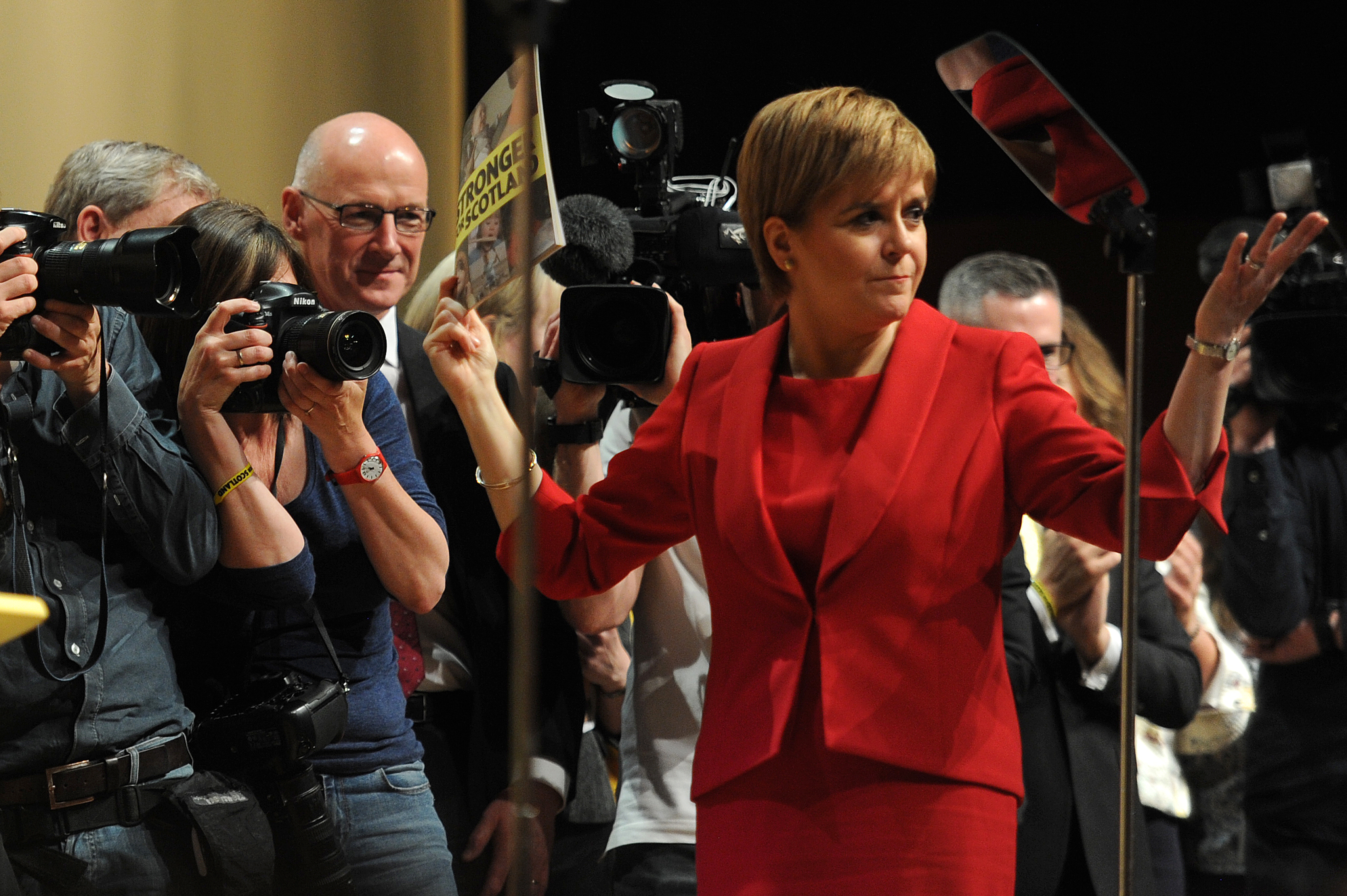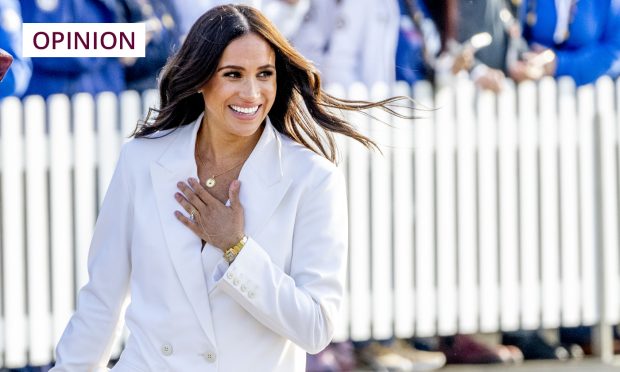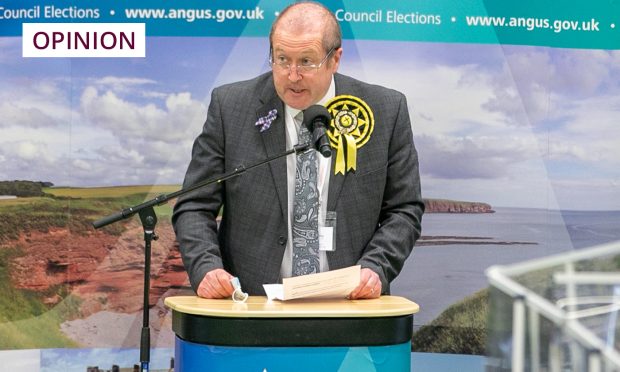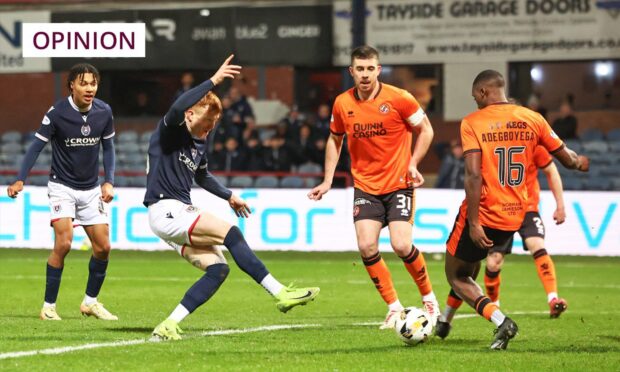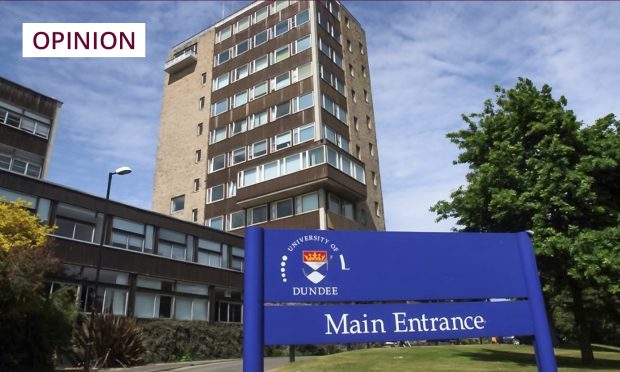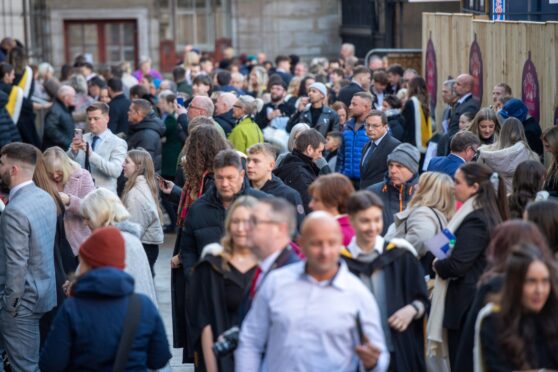Perth Concert Hall, October 19, 2012. The SNP was split pretty much down the middle on a decision that seemed key to the prospect of their dreams of an independent Scotland becoming a reality.
In the end, 426 members voted to change policy and have the party be in favour of Nato membership while 332 cast their ballots behind the arguments of those who said that being part of a nuclear umbrella is logically – and morally – incompatible with opposing nuclear weapons.
Angus Robertson, the then defence spokesman and one of just six Nationalist MPs, delivered a thumping speech that was credited with winning over waverers, even if it also attract boos from the assembled crowd.
MSPs John Finnie and Jean Urquhart quit the party. It seemed like the SNP was at a crossroads but the consensus was that its leadership navigated the potentially bumpy road pretty smoothly and was headed in the right direction.
Indeed, momentum increased and – despite Alex Salmond resigning as party leader and First Minister after losing the crucial referendum by 55% to 45% – the SNP was heading from strength to strength.
Polls had the party at more than 50% and 56 of Scotland’s 59 constituencies turned yellow in the 2015 general election, when Labour had a hapless leader who seemed too left-wing for UK voters while David Cameron’s Conservatives returned an unlikely majority.
As it turned out, those results caused another fundamental shift in politics.
Miliband quit, leading to Jeremy Corbyn assuming charge. A Tory majority led to an EU referendum previously blocked in coalition by the Lib Dems, which in turn led to Brexit. Brexit saw Cameron quit and Theresa May installed as Prime Minister, who duly called another election.
The 2015 election was also crucial to Scotland’s direction of travel. A year later, the SNP majority at Holyrood was gone.
Any questions around this were brushed off by pointing out the constituency share of the vote had gone up.
It did not sound like there was much self-examination and the arrogance of claiming there was a mandate for a second referendum to be held after the Leave vote was verging on unbelievable.
The SNP’s manifesto meant the party had a mandate to bring it to parliament. It was duly passed with the support of the Greens, giving a democratic mandate.
The crucial part here is the SNP’s rhetoric forgot it was a minority government.
Voters don’t tend to like people they see as having ideas above their station so this, alongside the relentless pushing of a second vote despite polls and anecdotal evidence showing most Scots don’t fancy a 12th major vote in eight years, was bound to lead to a backlash even if very few saw the loss of 21 MPs coming.
It turns out Scottish Conservative leader Ruth Davidson’s rhetoric against another referendum and Jeremy Corbyn’s genuine radicalism were enough increase their party’s vote share – and number of MPs – north of the border.
So here we are, not quite five years on from the Nato vote, with Nicola Sturgeon at another fork in the road. The routes in front of her all have hazard signs.
This week, the First Minister is expected to outline her plans for a second independence referendum.
There are three likely strategies. To plough on ahead with the proposed timescale of holding another ballot at some point between autumn 2018 and spring 2019; take it off the table until the conclusion of the Brexit negotiations and have a look at it again then; and to kill it entirely until at least 2021.
It would seem that option two is the most likely, with various SNP members now briefing they have finally got round to reading the public mood without, they hope, upsetting the fundamentalists.
The way forward for Sturgeon will also rely on a new set of strategists. Gone from the scene are Salmond and former Westminster leader Angus Robertson, as well as former strategists Kevin Pringle and Geoff Aberdein.
The wisdom of Perth-born Pringle should be considered by the First Minister, though, after woefully negative arguments both for another referendum and during the election campaign just passed.
Leaving for the private sector in 2015, he said: “While there will always be a place for highlighting flaws in the other side’s case, real progress can only be made by parties which put their own ideas at the front and centre of what they do and say.”
It has been just half a decade – barely a political generation or lifetime in the eyes of some – and yet the landscape has change dramatically.
Whatever the First Minister does will chart the course for Scotland’s next journey. It is guaranteed to have a great many more dramatic twists and turns.
